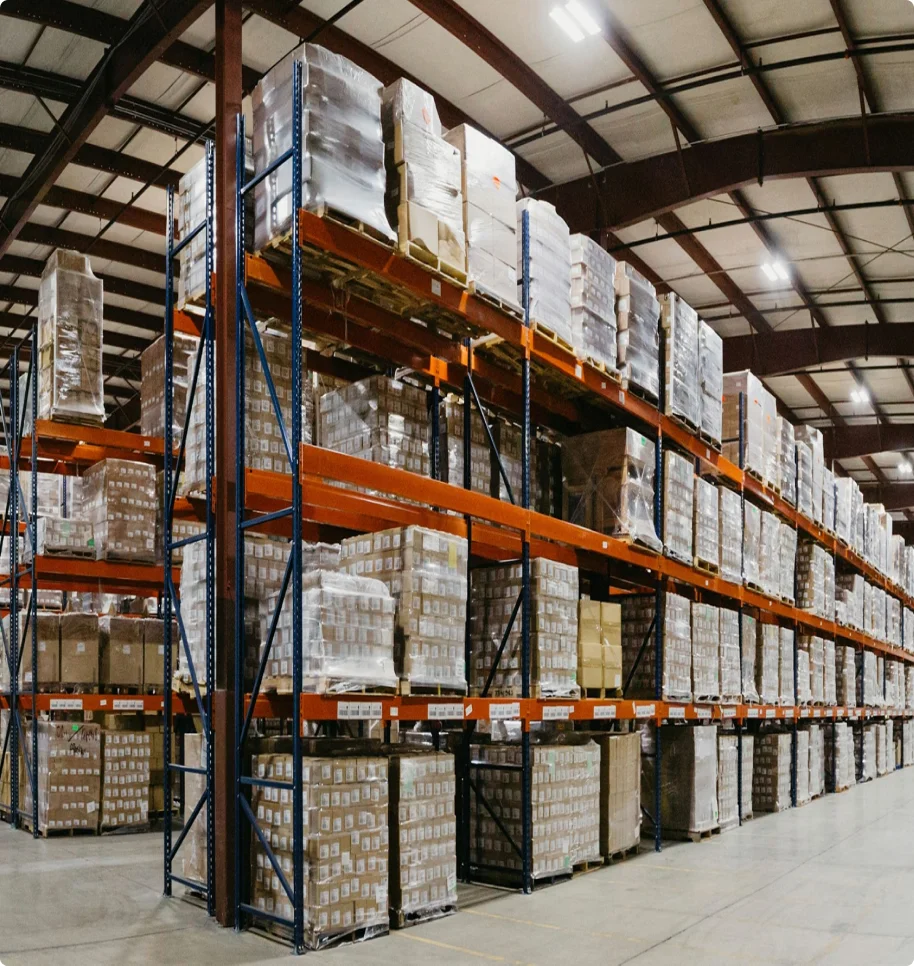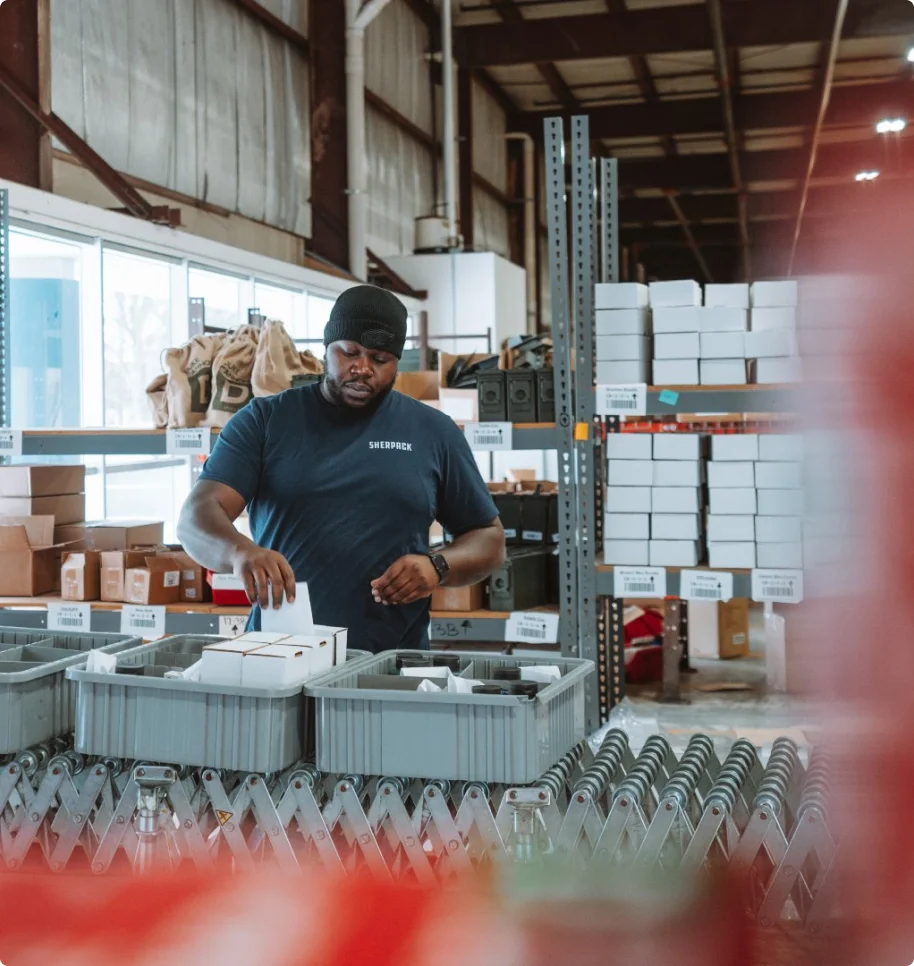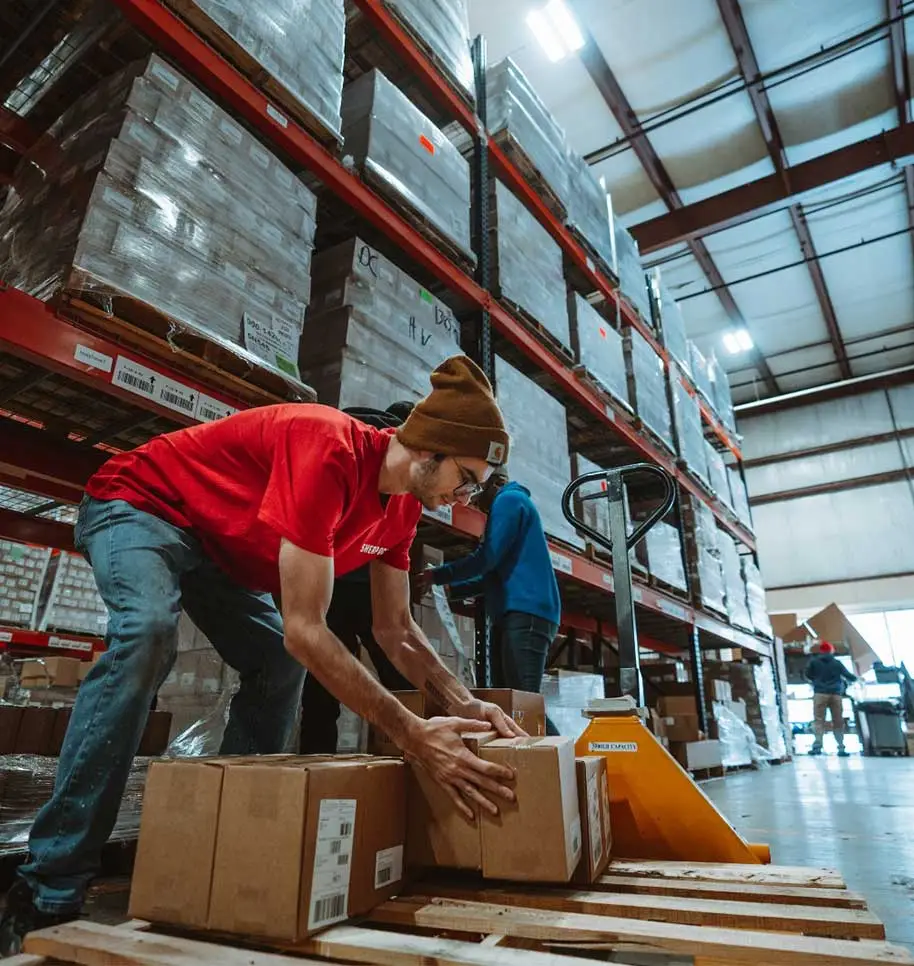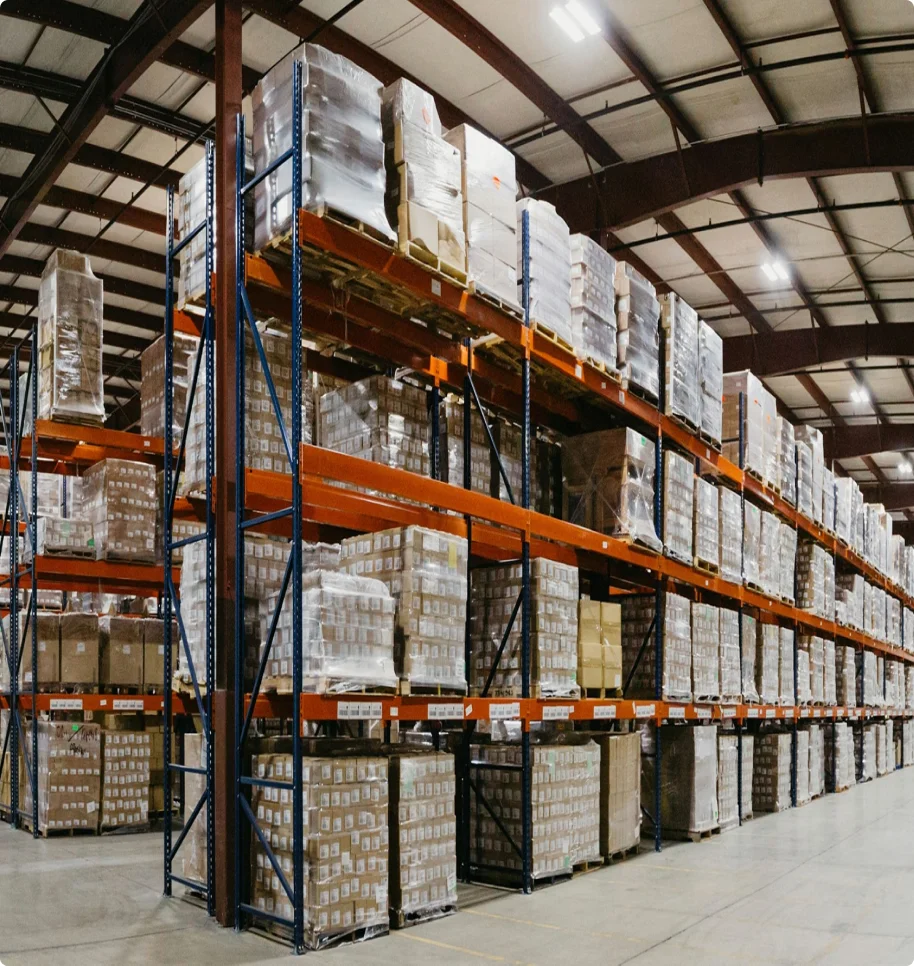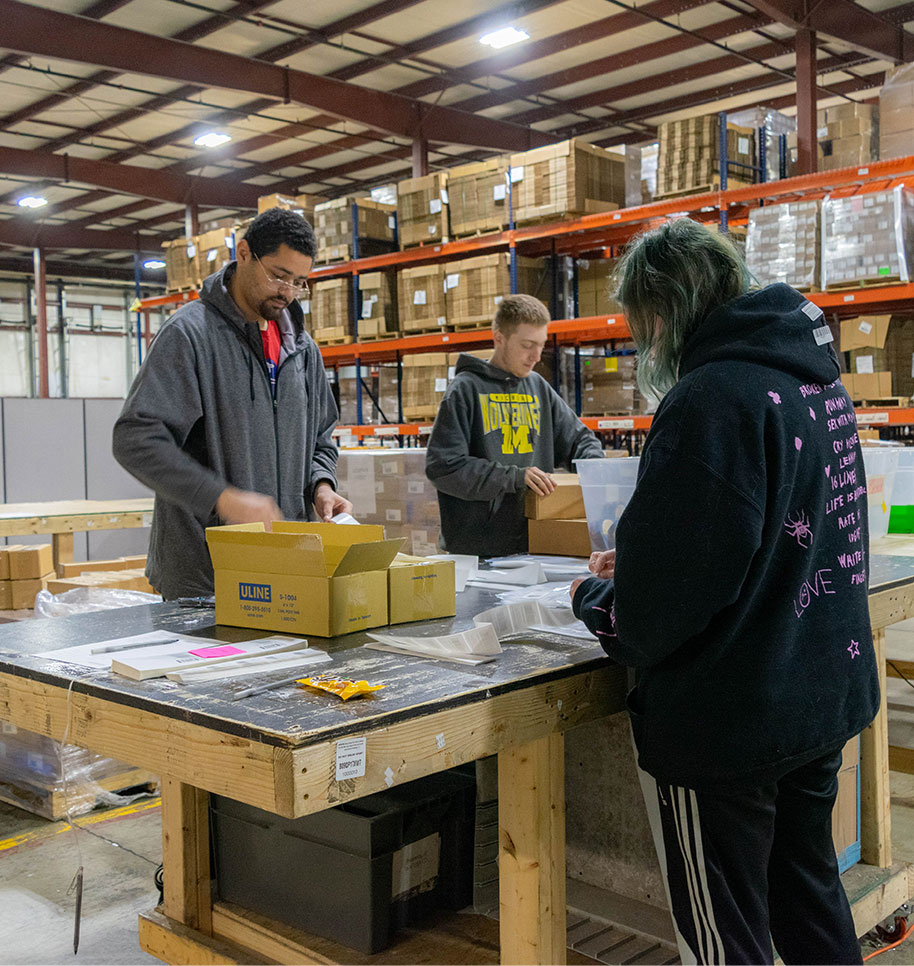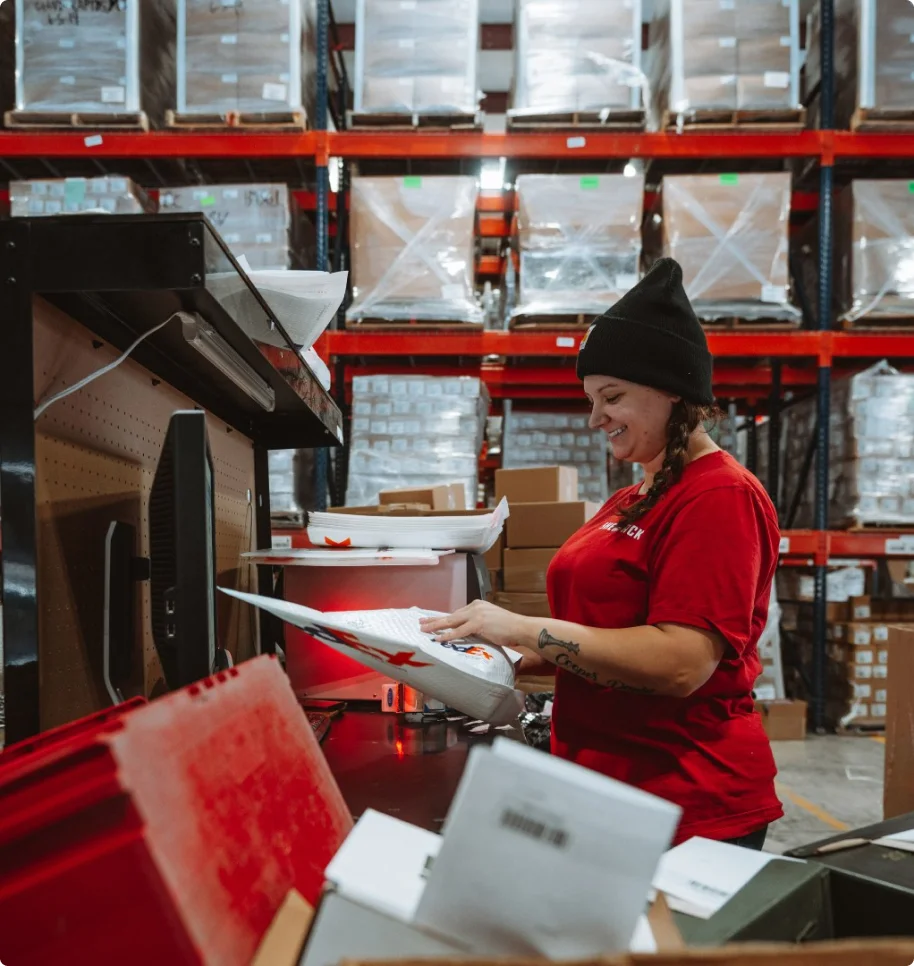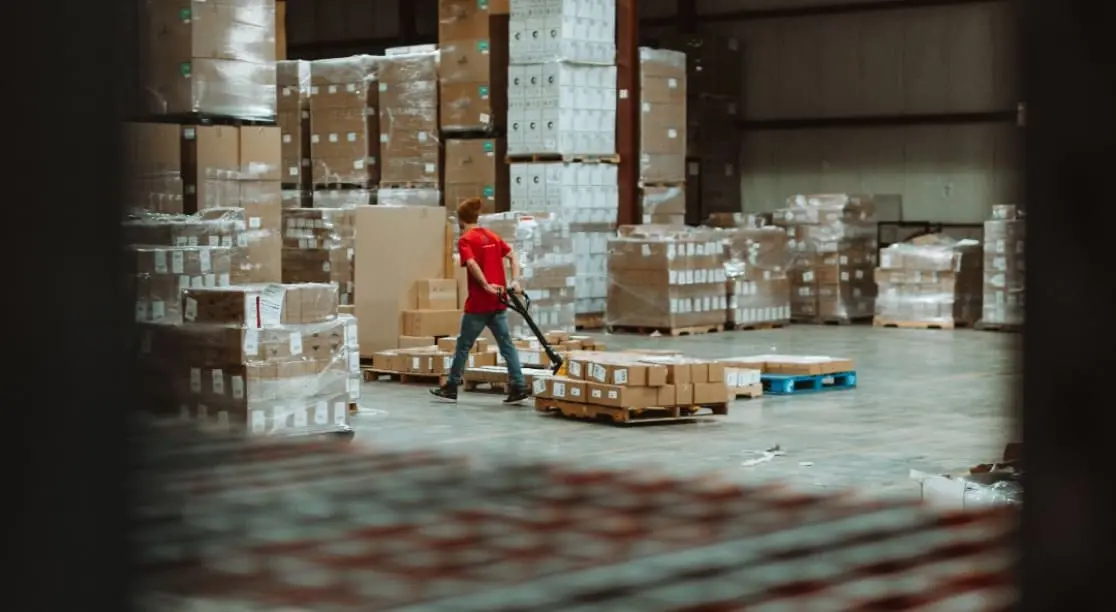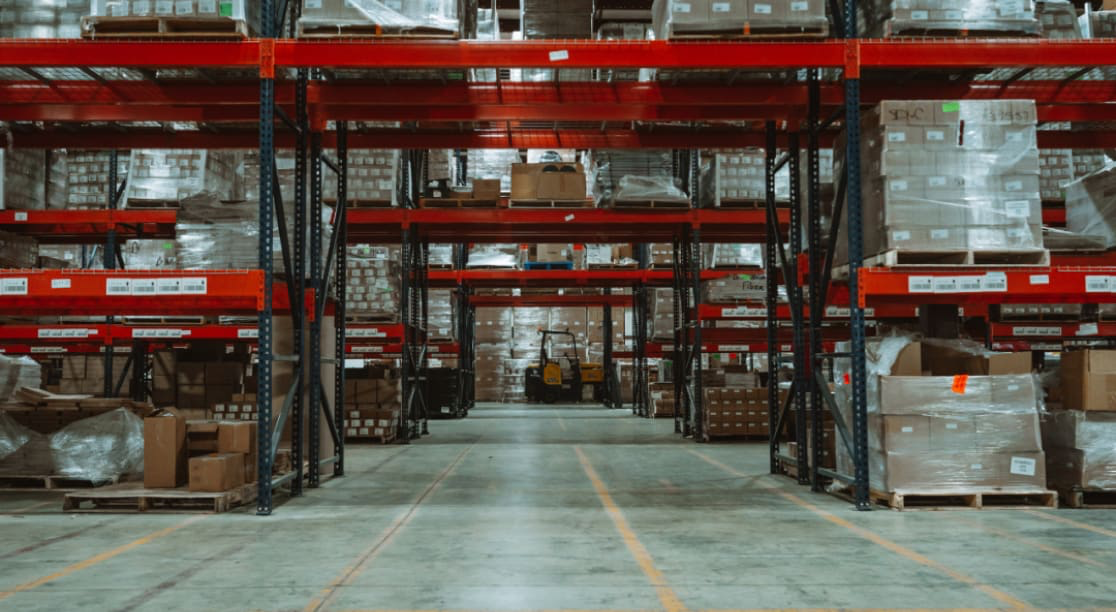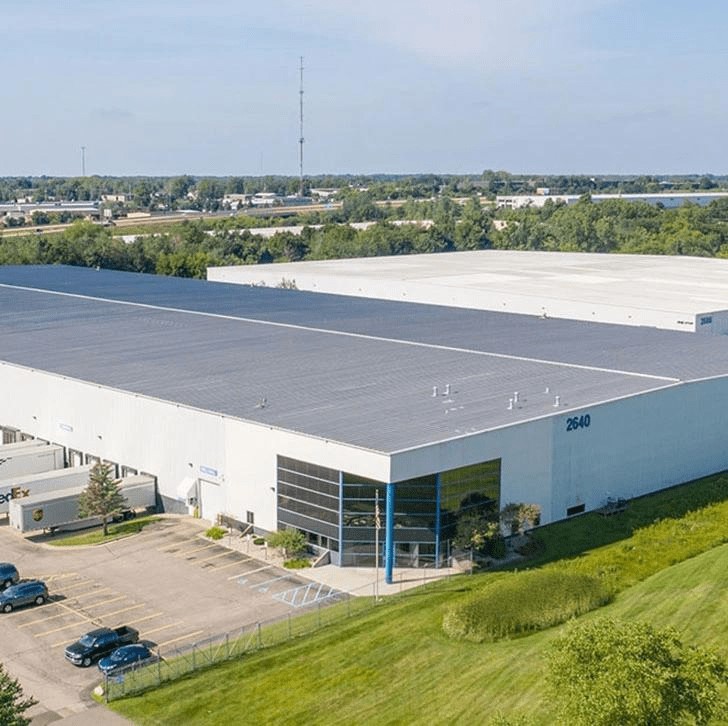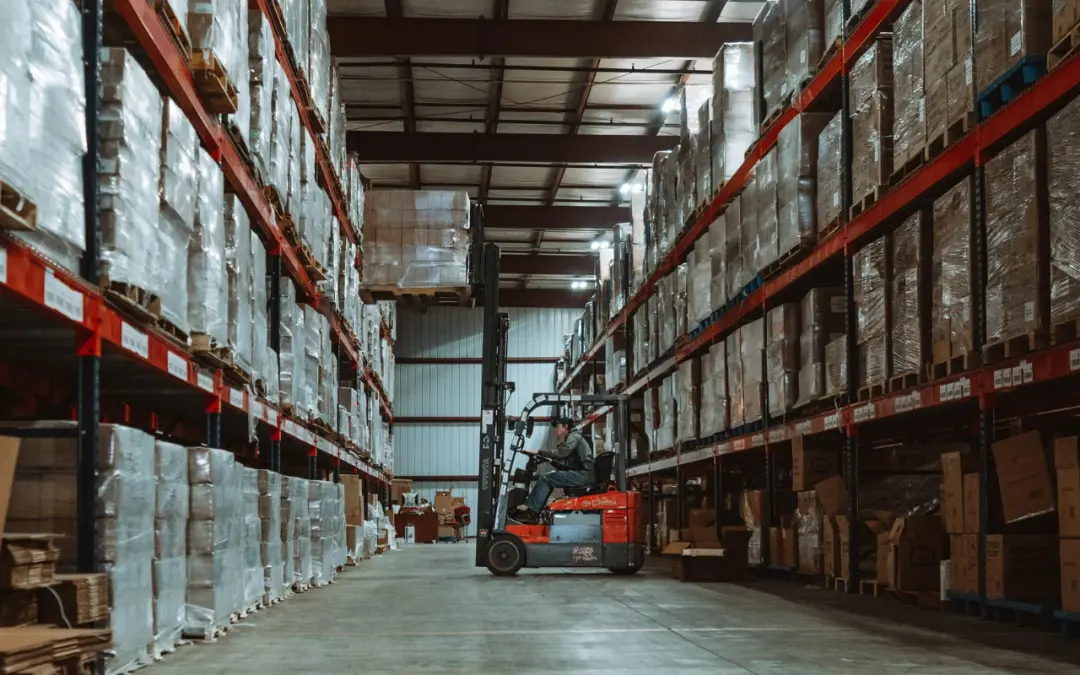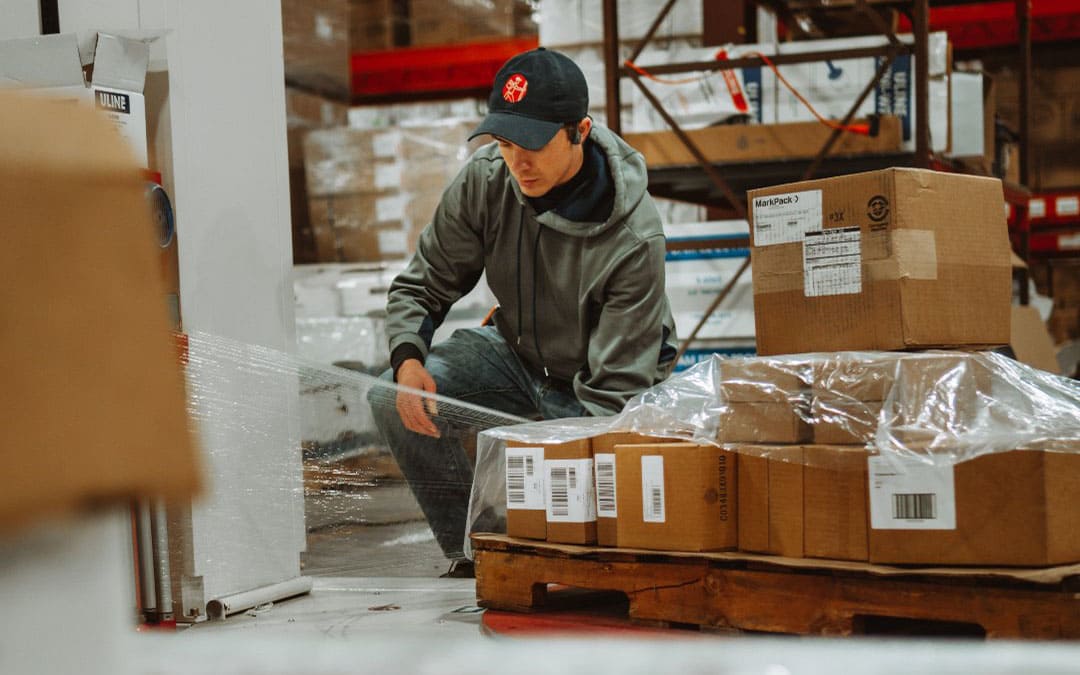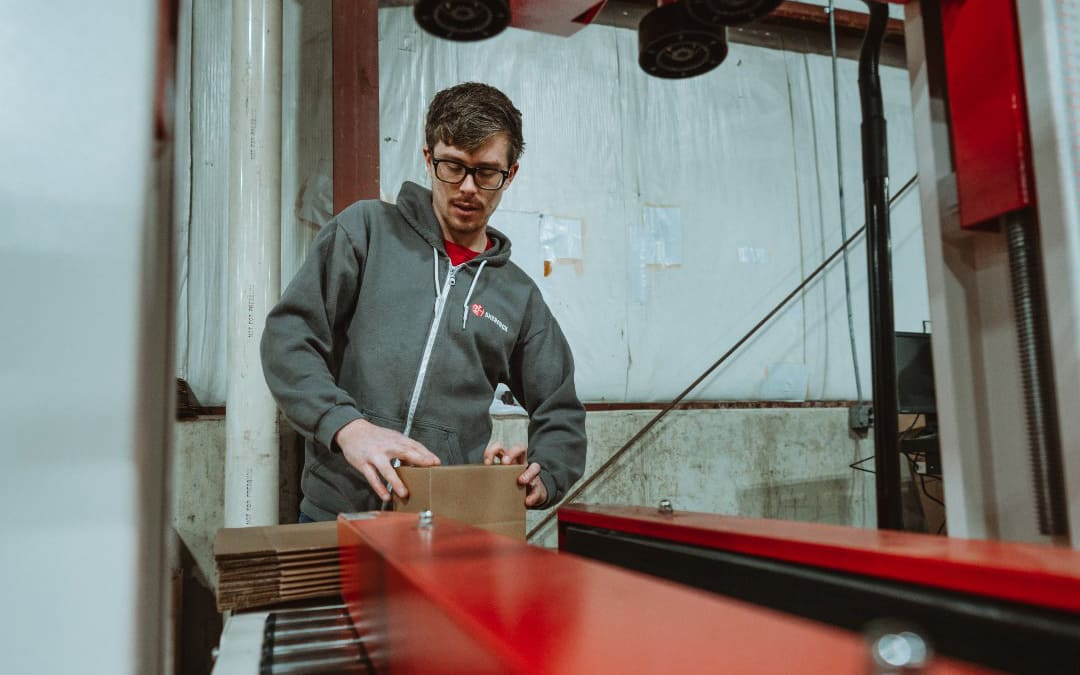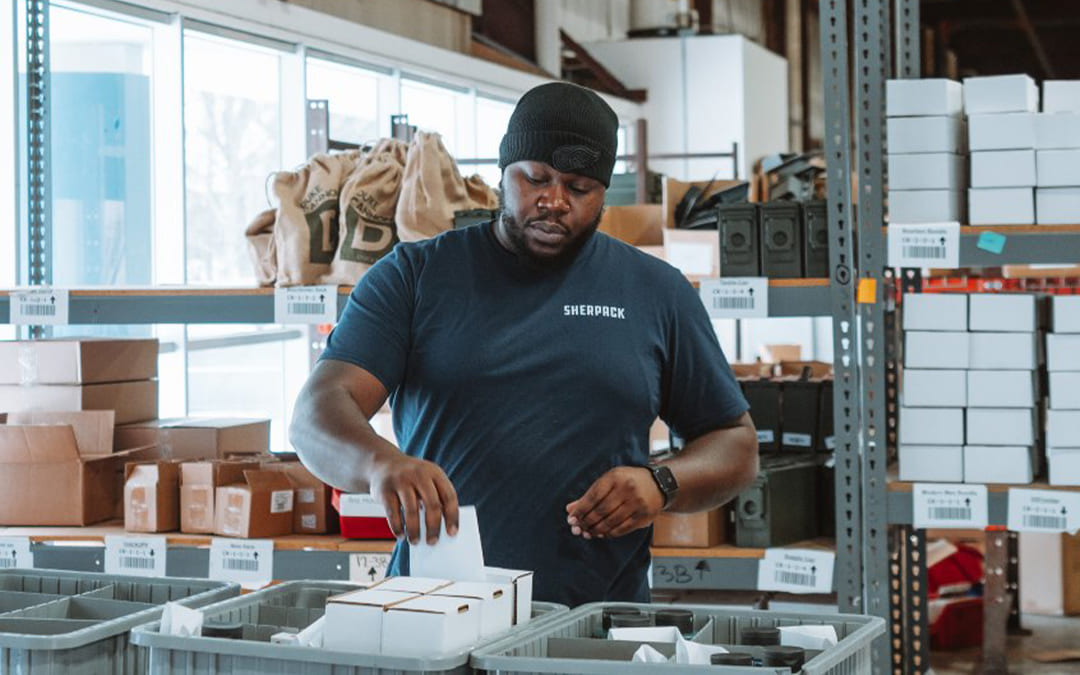If you have browsed our site and services, you know Sherpack usually works on fulfilling orders. Sometimes interested businesses like to ask us: “Is a fulfillment company the same as a traditional warehouse for storing and shipping inventory? Or does it mean something specific?”
What is the Difference Between a Warehouse and a Fulfillment Center?
While a order fulfillment company and warehouse can both be used to talk about the same building, the terms usually focus on different priorities, especially when it comes to the services that we offer. To help out, we’re going over the difference between a fulfillment center and a warehouse, and why that might matter to your company when you’re looking for the right shipping partner.
Warehouses Defined
A warehouse is a building where goods and products are stored by businesses that don’t have room on-site to store supplies. The traditional image that people of warehouses with large racks stretching to the ceiling and forklifts is still mostly accurate, although today’s warehouses are cleaner and more automated than ever before.
Businesses can use a warehouse for short-term or long-term storage, depending on when they want to use the goods they store there, but long-term storage can be more common. An excellent example is a business leasing warehouse space to store their seasonal inventory, things that they may not need for half a year or month, but do have to be switched out from time to time. Storing inventory that is regularly updated and sold isn’t as common, because then businesses have to transport things back and forth from the warehouse all the time, which can become expensive and time-consuming.
Small businesses can and do lease warehouse space, especially if they are the sort of companies to have a relatively small storefront but a lot of inventory, or inventory that tends to take up a lot of room where personal storage isn’t advisable. However, larger companies frequently use warehouse storage for long-term protection of goods that won’t be used for many months. Either way, the warehouse receives the goods and makes sure they are safely placed in the leased space and secured there, then retrieved when it’s time to ship them back to the business.
Defining Order Fulfillment Companies
Fulfillment companies can act like a warehouse, but the end goal is to offer shipping services that transport waiting inventory directly to customers. While sometimes businesses can use fulfillment centers for long-term storage, it’s more common that they hold short-term inventory that’s designed to turn over and be replaced as customers by it. A good example would be an e-commerce store that sells boxed products and needs to store them somewhere while also arranging for shipping. Fulfillment businesses aren’t really designed to hold supplies that aren’t inventory (like business decorations, etc.).
The focus on shipping gives fulfillment order companies an array of services that warehouses don’t offer. These centers help companies to process orders and work with carriers to finding the right types of shipping that the business wants to offer its customers – how fast shipping options should be, what kind of package tracking businesses want to offer, and so on.
Instead of shipping inventory back to the business, the center packs and labels goods as necessary, and hands them off directly to the carrier’s transportation with the customer’s address. This means that the company needs to have excellent quality control and be well-connected with the business’s selling process. The center may also help companies with returns, special deals, and other less common circumstances.
All this together tends to make fulfillers much busier, more active places than warehouses. They use a variety of technology and equipment to store, prepare and ship goods, and are in a good position to offer advice to growing companies on what shipping options are likely to be a good fit for their products. While businesses with e-commerce sites tend to need fulfillment services, it can also be a good pick for companies that have limited shelf space, or companies expanding their reach into new regions.
Final (Important) Considerations!
For many growing businesses, the choice isn’t exactly between a warehouse or a fulfillment center, but whether when and how to use each depending on your current storage and shipping needs. As a business expands and develops a broader reach, using different facilities and upgrading as needed can be an effective strategy. Here are a few things to think about:
Handling Shipping In-House: It’s common for small businesses to handle shipping in-house. But when shipping costs start to increase or inventory grows until there isn’t enough room, then businesses should consider if a warehouse or fulfillment center is right for their future plans. This may depend on the type of products they sell, inventory turnover, online growth, and a variety of other factors.
Environmental Controls: Do you have inventory that needs special care, such as temperatures that stay below a certain level? Make sure the warehouse or fulfillment center you choose has the right environmental options – both may offer spaces with strict environmental controls, but it’s not always a guarantee.
Saving Money on Shipping: A warehouse generally handles received goods and not much else. A fulfillment service will handle shipping, but will charge fees to do so, and your business is ultimately in charge of paying direct shipping costs. A growing business can find a fulfillment center more affordable when their in-house shipping costs and labor grow too high, or when in-house shipping starts making too many mistakes, or needs to expand customer offerings. There are ways to balance the shipping fees you charge customers and the shipping you pay so that your company can save money when making the transition.
Distance and Distribution: A warehouse is generally a more static location. However, since your inventory is shipping out from a fulfillment center to the customer, the location of the center can be very important. A center closer to customers can help you save even more on shipping – this is key when your business is expanding into new region.
Customized Packaging Options: Warehouses don’t generally package or alter your goods at all. Our fulfillment center, however, can offer a variety of kitting and customization services that make it easier to give more choices to customers, including subscription boxes and similar offerings.
If you have more detailed questions about our services – great! We’d love to talk with you more about the process and work together to see what sort of plan would work best for you. Contact Sherpack today to learn more!

